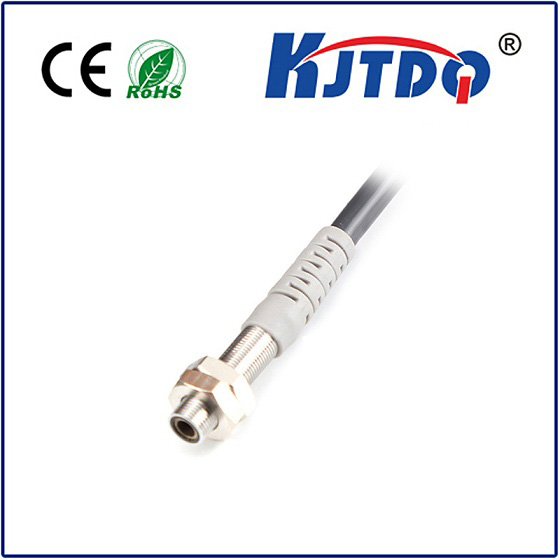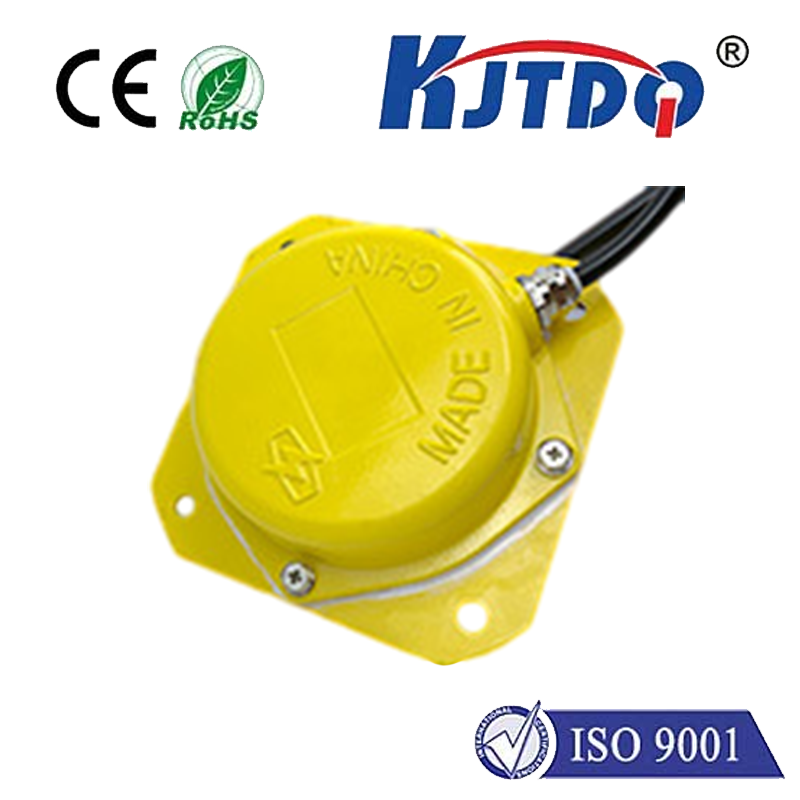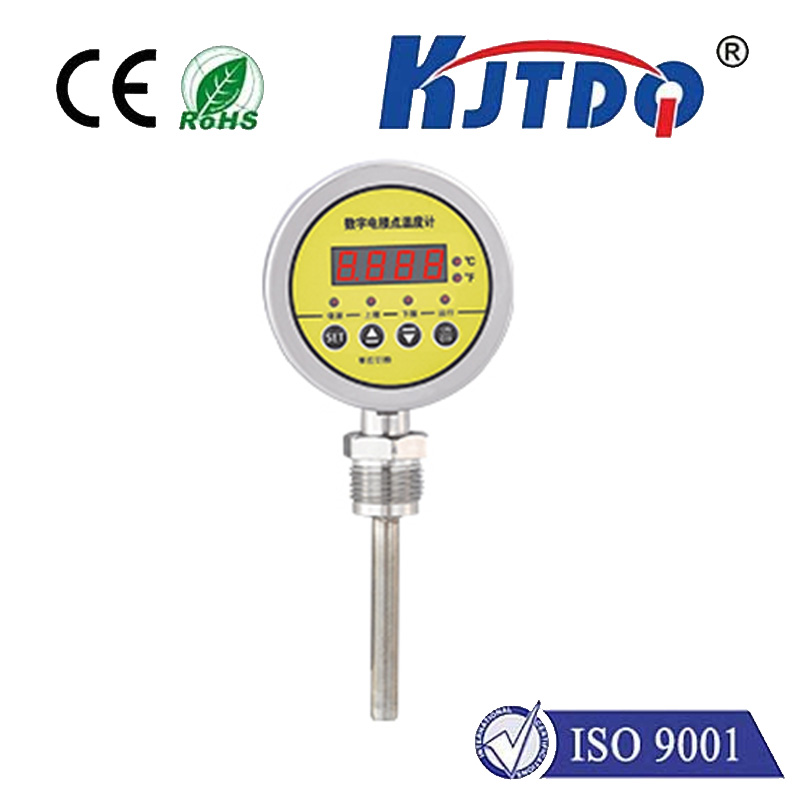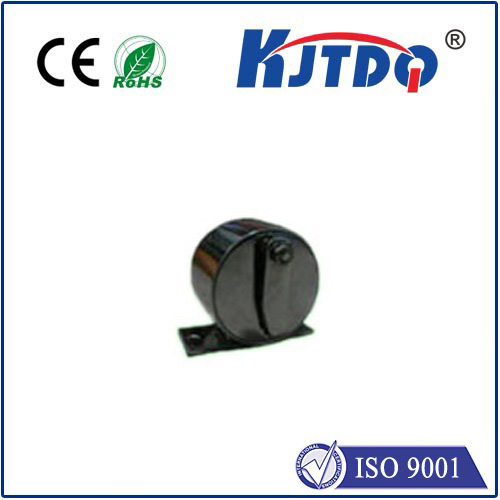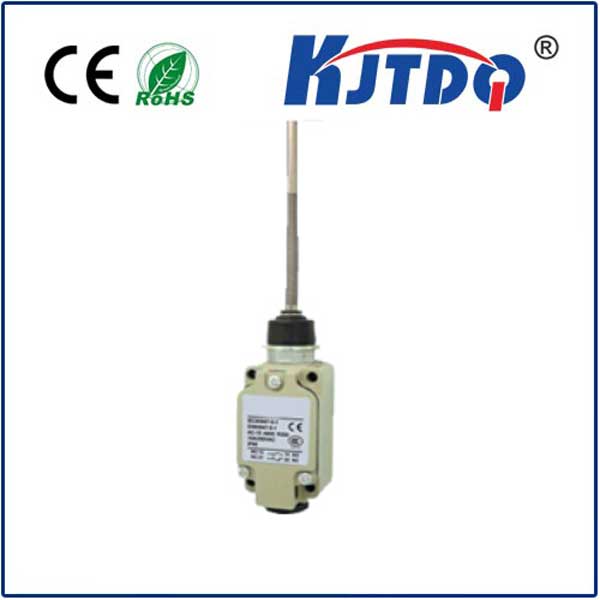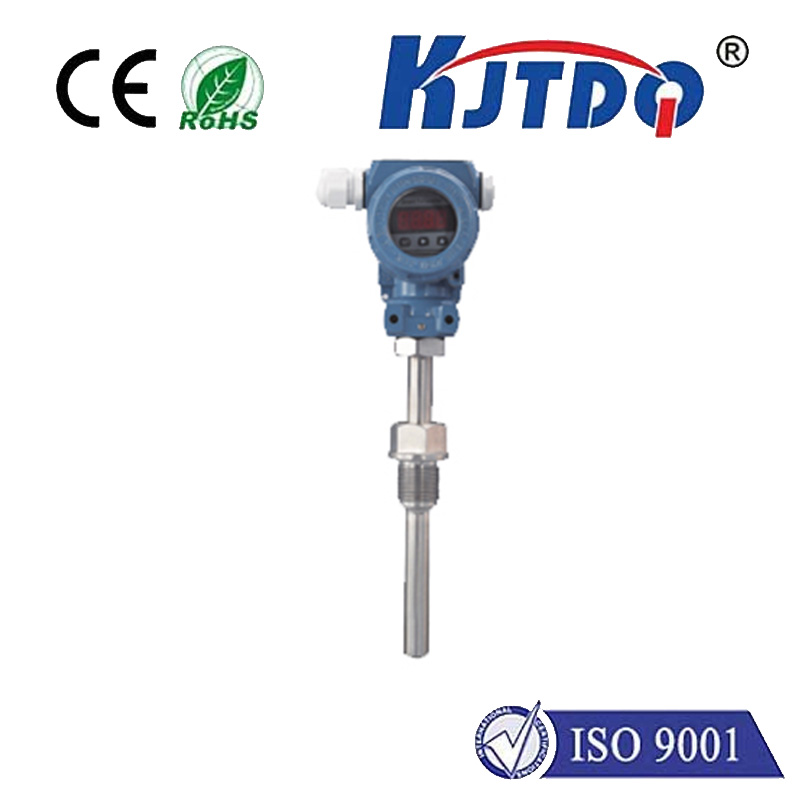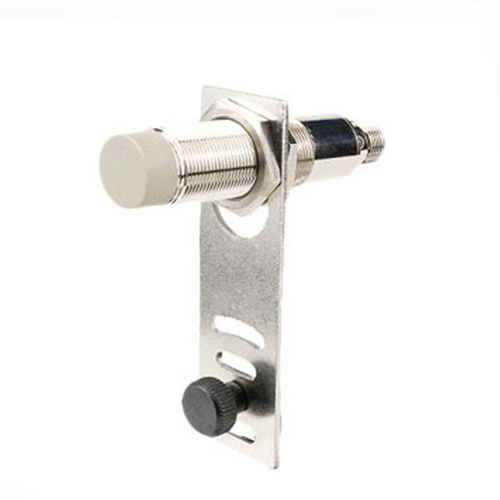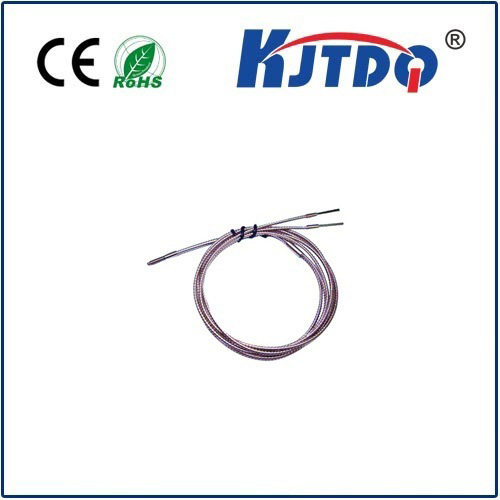ratiometric sensor
- time:2025-06-16 16:23:30
- Click:0
Beyond Absolute Values: Unlocking Robust Measurements with Ratiometric Sensors
Imagine meticulously calibrating a sensor for a critical industrial process, only to find its readings drifting wildly as the factory temperature rises. Or picture a medical device giving inconsistent results because a patient’s skin temperature fluctuates slightly. Traditional sensors measuring absolute values are often vulnerable to these environmental gremlins. This is where ratiometric sensing, a powerful signal processing technique, emerges as a game-changer, offering unparalleled stability and reliability where it matters most.
What is a Ratiometric Sensor? The Core Principle
At its heart, a ratiometric sensor doesn’t just measure the primary signal of interest. Instead, it simultaneously measures that signal relative to a reference signal. The final output is a ratio: Output = Primary Signal / Reference Signal.
Think of it like measuring the height of a tree. An “absolute” sensor might give you a height reading in meters, but if the ruler itself expands or contracts with temperature, the reading becomes inaccurate. A ratiometric approach would involve comparing the tree’s shadow length to the shadow length of a known reference stick under identical sunlight conditions at the same time. The ratio of the shadows gives you the height ratio relative to the stick, inherently cancelling out variables like the sun’s intensity or angle.
Contrast with Traditional Sensors: Why Ratio Makes Sense
Traditional sensors typically convert a physical quantity (like light intensity, force, or chemical concentration) directly into a single electrical signal (voltage, current, resistance). This signal is susceptible to numerous external influences:

- Supply Voltage Fluctuations: Changes in the power supplied to the sensor circuitry directly impact the output signal.
- Temperature Drift: Sensor components (like resistors, amplifiers, LEDs) change performance characteristics with temperature, distorting the reading.
- Component Aging: Over time, electronic components can degrade, leading to drift.
- Ambient Interference: Stray light, electromagnetic noise, or background signals can skew the primary measurement.
A ratiometric sensor tackles these challenges head-on. By generating both the primary signal and a reference signal from the same environment and using the same circuitry and power supply, most common-mode errors affect both signals similarly. When you take the ratio, these shared errors cancel out.
The Mechanism: Light as an Example (But the Principle is Universal)
Consider an optical ratiometric sensor, often used for applications like color detection, turbidity measurement, or fluorescence sensing:
- Excitation Source: An LED emits light towards the target.
- Dual Detection Paths:
- Primary Detector (Signal Channel): Measures light affected by the target property (e.g., reflected color, fluorescence intensity).
- Reference Detector (Reference Channel): Measures a portion of the original excitation light directly (e.g., light reflected off a stable internal reference surface or sampled before interacting with the target).
- Ratio Calculation: The sensor’s electronics measure the signal from both detectors. The output isn’t the raw signal voltage, but the ratio (Signal Voltage / Reference Voltage).
- Error Rejection: If the LED brightness dims slightly over time or the supply voltage dips, both the signal voltage and the reference voltage decrease proportionally. Their ratio remains constant. Similarly, temperature effects impacting both detectors largely cancel out.
The Compelling Advantages: Stability, Accuracy, Simplicity
The ratiometric approach delivers significant practical benefits:
- Enhanced Stability & Reduced Drift: Long-term stability is vastly improved. Output remains consistent even as components age or environmental conditions shift, because the ratio inherently cancels shared drifts. This drastically reduces the need for frequent recalibration.
- Immunity to Supply Variations: Fluctuations in the power supply voltage become virtually irrelevant. A
5% dip in Vsupply causes ~5% drops in both the primary and reference signals, leaving the ratio unchanged. This simplifies power supply design requirements.
- Reduced Sensitivity to Ambient Conditions: Factors like temperature affecting the sensor electronics or source intensity are significantly mitigated. This enhances reliability in harsh or varying environments.
- Improved Signal-to-Noise Ratio (SNR): While not rejecting noise inherent only to the measurement path, the technique effectively suppresses noise common to both paths (like power supply ripple), leading to cleaner data.
- Simplified Signal Conditioning: The ratiometric output is often inherently normalized. This can simplify downstream analog-to-digital conversion and processing, potentially reducing system complexity compared to trying to stabilize an absolute measurement through complex compensation algorithms.
- Built-in Self-Monitoring: If the reference signal disappears or behaves erratically, the sensor or system can flag a potential fault, enhancing fail-safety.
Real-World Applications: Where Ratiometric Sensing Shines
The robustness of ratiometric sensors makes them indispensable across diverse fields:
- Industrial Automation: Monitoring color consistency in printing/packaging lines, precise position sensing despite vibration/temperature swings, reliable level detection in tanks.
- Biomedical & Life Sciences: Fluorescence-based assays (where excitation light intensity fluctuations are critical), blood oxygen saturation (SpO2) measurement in pulse oximeters (compensating for skin tone/thickness), robust pH sensing.
- Environmental Monitoring: Accurate turbidity/water clarity measurement unaffected by light source aging or water color, reliable gas detection compensating for sensor drift.
- Consumer Electronics: Auto-brightness displays adapting to ambient light (often using the display backlight itself as a reference), improved color accuracy in cameras/scanners.
- Automotive: Robust position sensors in engines/transmissions, reliable fluid level detection under extreme temperature variations.
Implementation Considerations
While powerful, ratiometric sensing isn’t a magic bullet:
- Cost & Complexity: Designing dual detection paths with well-matched components can increase sensor cost and complexity compared to a basic single-channel sensor. Careful design is needed to ensure the reference path truly experiences the same environmental disturbances as the measurement path.
- Path-Specific Errors: Errors unique only to the primary measurement path (e.g., contamination on the lens, localized temperature gradients) are not rejected by the ratio and still affect the output.
- Signal Conditioning: Optimizing the analog front-end for both channels and designing accurate ratio calculation circuits (analog dividers or digital processing) requires attention.
Conclusion: The Path to Reliable Data
In a world demanding ever-greater precision and reliability from sensors, the ratiometric principle offers a fundamental solution. By measuring the relationship between signals rather than relying solely on absolute values, it provides unparalleled stability and immunity to common-mode environmental interference. From ensuring consistent product quality on a factory floor to delivering accurate health readings in a clinic, ratiometric sensors continue to drive innovation, providing the robust, trustworthy data essential for advanced technologies and critical decision-making. Understanding this technique is key to unlocking truly reliable measurements in challenging environments.






